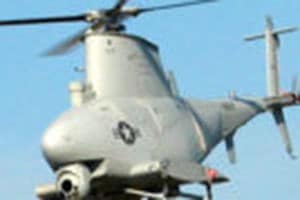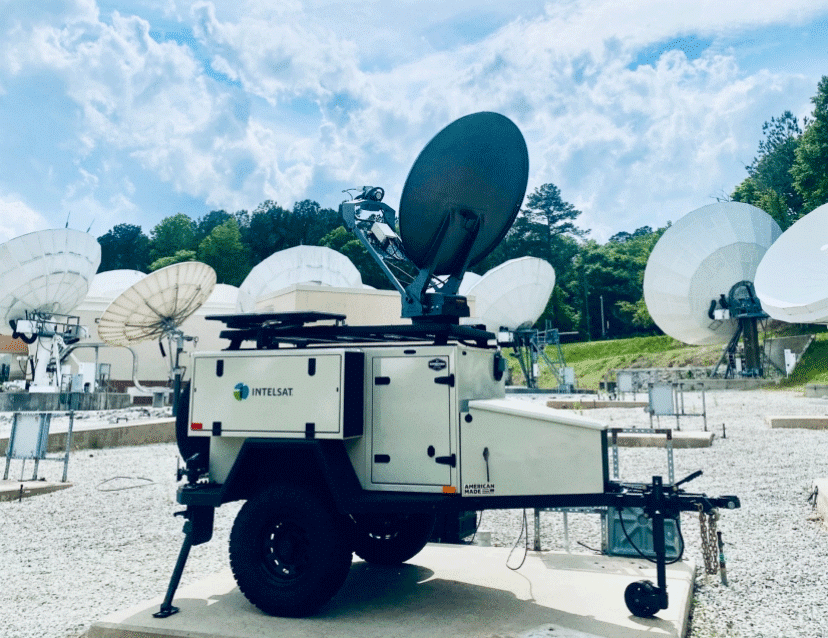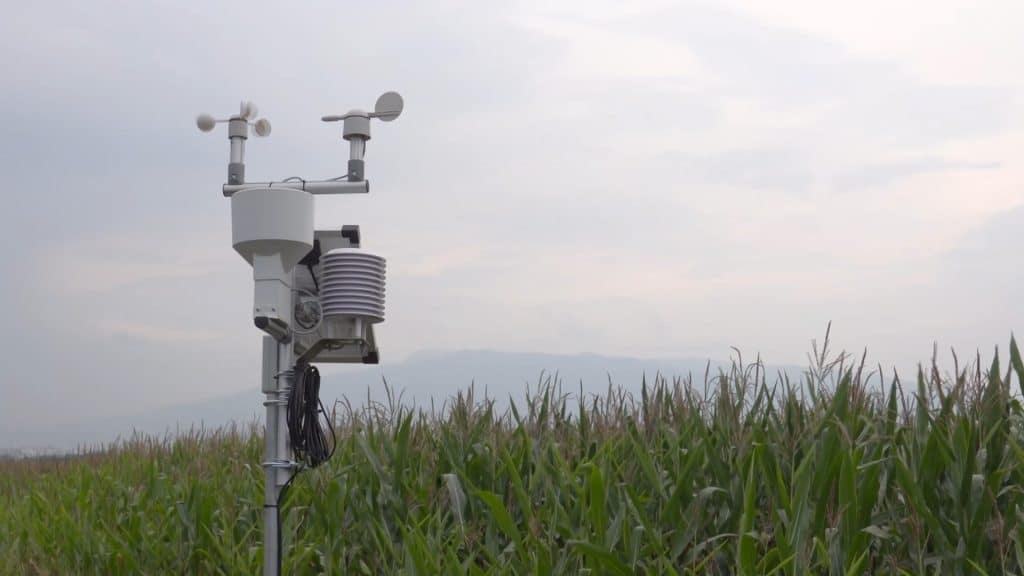New Satellite Technology Increases Versatility of Rotary Platforms

“If you are in trouble anywhere in the world, an airplane can fly over and drop flowers, but a helicopter can land and save your life.” – Igor Sikorsky, Aviation Pioneer
Governments around the world face a challenge with their aging fleets of rotary aircraft, often referred to as helicopters. The incredible versatility of rotary platforms for military and disaster recovery operations is undercut by limited communications capabilities. The bulk of rotary aircraft are outfitted with legacy, push-to-talk radios that require line-of-sight links using antennas mounted below the blades. This is because historically it has been a challenge to maintain a satellite connection through the spinning helicopter blades atop the aircraft. This meant that helicopters could not access high-throughput communications systems and were often isolated from the broader communications network.
This lack of connectivity cripples the flexibility of legacy rotary assets. An article from Asian Military Review earlier this year explains:
“Governments across the world are increasingly favouring the procurement of multi-mission helicopters, including in the maritime [where] most types have been developed as either anti-submarine or anti-surface warfare capable. There is a necessity now with respect to military maritime rotorcraft that they be part of a ship’s system of systems, rather than just a lone platform carrying out tasks semi-independently of the naval platform. As is the trend with most military rotorcraft, there is no longer any perceived value in an air asset that is only specialised in one activity.”
This limitation was overcome by recent advances in waveform technology that are compatible with next-generation HTS platforms. For the first time, helicopters will be able to provide long-distance, high data-rate transmissions using these satellites. The increasing demand for high-throughput data, voice and video links have spurred companies to come up with technical solutions that support satellite links. As a result, Hughes developed a new waveform that can pass through spinning rotors without interference, providing rotary craft with beyond-line-of-sight communication at high data rates.
This advance in communications technology will allow governments to make better use of their existing rotary aircraft and connect them into the broader communications network. Using the new waveform with HTS satellites, rotary aircraft can now stream high-definition video and data back from disaster recovery areas, like the recent lava flows in Hawaii.
With HTS connectivity, an Apache helicopter could control a UAV or multiple UAVs, greatly increasing the area that can be kept under real-time surveillance. Rotary platforms can now be a mobile command center and have direct control or become a node in the transmission of data back to the base.
Recent tests demonstrated the dramatic jump in throughput using this new technology. Speeds of 2Mbps to 4 Mbps were observed and compare favorably with the 400 – 650 Kbps that are typical with current push-to-talk, line-of-sight communications – and at far more affordable rates.
The ability of helicopters to communicate and provide real time imagery of affected areas for quick decision making is invaluable and can help save lives and assist with mission success. Providing capabilities such as rotary satellite communications is exactly the type of innovation that IGC brings to the market for its government customers.
Subscribe below to this blog to get updates on the launch of this new service.






















